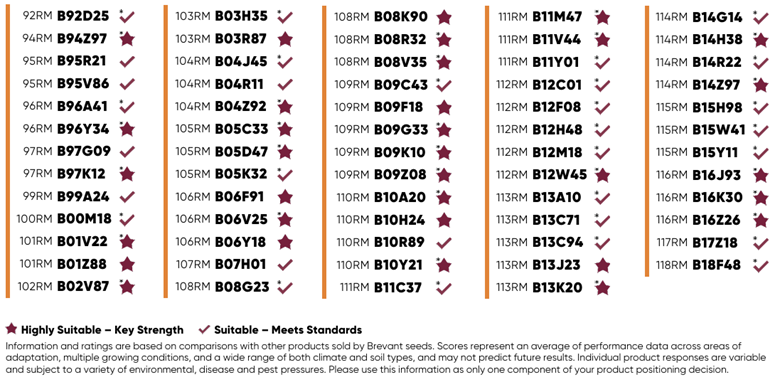First discovered in the United States in 2015, tar spot (Phyllachora maydisis) is a fungal disease of increasing agronomic importance in corn. As of 2021 it has been confirmed in an expanding swath of counties in the central and eastern Corn Belt.
Significant yield loss can occur under favorable environmental conditions for disease development. As the name implies, tar spot can be identified by small black and circular lesions. They are slightly raised, and bumps can be felt on affected plant tissue. Lesions can appear on leaves, husks or stalks and are often surrounded by a light tan colored halo. Lesions are caused by fungal structures called stromata that cannot be rubbed off affected plant tissues.
Symptoms appear most frequently from silking through late grain fill. Under severe infestation, where most of a field shows 50% severity on the ear leaf during grain fill, significant yield losses of 20-60 bu/A have been reported. Tar spot affects yield by reducing the photosynthetic capacity of leaves and causing rapid premature leaf senescence. Longer maturity hybrids for a given location have been shown to have a greater risk of yield loss from tar spot than shorter maturity hybrids.
Hybrid selection is the foundation of effective tar spot disease management. The best approach involves choosing hybrids with strong disease tolerance and complementing them with one or two fungicide applications when environmental conditions promote disease development. Brevant® seeds is at the forefront of retail, offering a robust selection of highly tolerant hybrids across various maturities.
– Brad Foresman, Ph.D., Area Product Manager
Scientists at Corteva Agriscience™ have been studying tar spot and screening hybrids to develop a rating scale that accurately communicates a given hybrid’s level of tolerance. Some hybrids show more tolerance to the disease than others.
The ratings provided below are based on multiple years of observations. Ratings denoted with an asterisk (*) reflect preliminary data subject to change when additional data becomes available.

In the coming years, more and more geographies will need to be able to combat tar spot. While fungicide treatments and agronomic practices play a role in reducing the impact of tar spot, preventing it from the start is key. A hybrid with even partial resistance to tar spot will greatly assist in slowing disease development and has the potential to negate the need for a fungicide. Unfortunately, no hybrid is immune to tar spot, but there is significant variation in hybrid susceptibility.